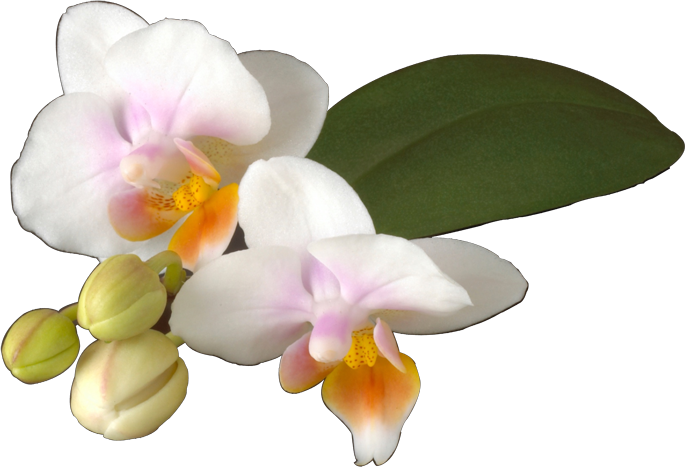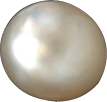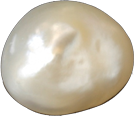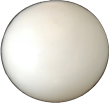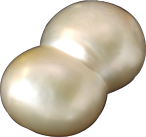Science
NATURAL PEARLS
Natural pearls are almost totally made of calcium carbonate and conchiolin. It is believed that natural pearls develop under a series of chance circumstances when a microscopic interloper or parasite comes into a bivalve mollusk, and decides to live within the shell. The mollusk, chafed by the trespasser, secretes the calcium carbonate and conchiolin to deal with the irritant. This secretion procedure is repeated many times over, thus generating a pearl. Natural pearls come in a variety of shapes, with flawlessly circular ones being relatively rare.
NATURAL PEARL'S VALUE
High-quality natural pearls are extremely rare gems. The real worth of a natural pearl is established in the same manner it would be for similar "precious" gems, and include valuation methods such as:
- Size
- Shape
- Surface quality
- Orient
- Shine
Single natural pearls are typically offered as collector's items, or set as showpieces in exceptional jewelry. Not many matched strands of natural pearls are in existence, and those that are often cost hundreds of thousands of dollars. To put things in perspective, in 1917, jeweler Pierre Cartier bought the Fifth Avenue mansion that is now the New York Cartier store for $100 cash and a double strand of matched natural pearls, which was then worth $1 million.
KESHI PEARLS
Keshi pearls, even though they are usually formed by luck, are not classified as natural pearls, but are instead a byproduct of the culturing process, and therefore do not form without the aid of human intervention. These pearls are typically very small, usually only a few millimeters in diameter. Keshi pearls are generated by many separate kinds of marine mollusks and freshwater mussels found in China. These days, a large number of "Keshi" pearls are actually formed deliberately, with post-harvest shells reintroduced to the water in order to generate another pearl in the vacant pearl sac.

